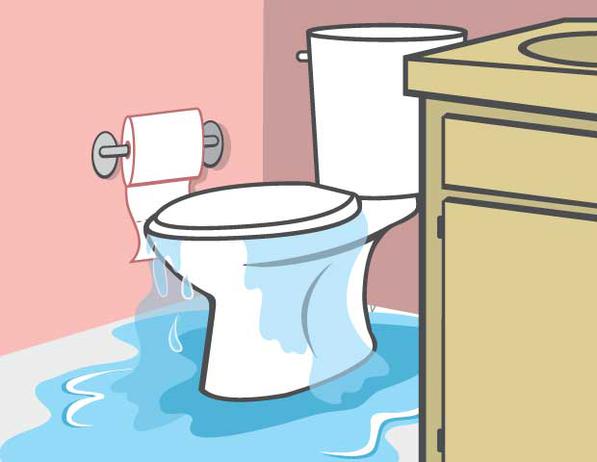 Do you need a temperature alarm that will notify you when temperatures get too warm or too cold but there’s no landline phone connection to send out the alert? There are a few stand-alone “cellular temperature alarms†on the market today, but it’s actually very easy to assemble a more economical system yourself by combining two off-the-shelf devices – a cellular terminal plus a freeze alarm – to create a unit that monitors both high and low temperatures and works anywhere that you have electricity and cell phone service.
Do you need a temperature alarm that will notify you when temperatures get too warm or too cold but there’s no landline phone connection to send out the alert? There are a few stand-alone “cellular temperature alarms†on the market today, but it’s actually very easy to assemble a more economical system yourself by combining two off-the-shelf devices – a cellular terminal plus a freeze alarm – to create a unit that monitors both high and low temperatures and works anywhere that you have electricity and cell phone service.
Typical places where you might need a cellular temperature alarm include vacation homes, RVs and remote buildings like greenhouses, garages and barns. For instance, pet owners traveling by RV in the summertime worry that their dogs will suffer from heat stroke if the A/C were to quit. And absentee vacation homeowners worry about frozen pipes and furnace failure in the winter, as well as air conditioning systems breaking down in the summertime causing mold and mildew growth. In all of these scenarios, a cellular temperature alarm will alert owners by phone if there is a heat or freeze emergency.
Cellular Terminal = Wireless Connection
To build a cellular temperature alarm, you’ll first need to buy a cellular terminal. This is a device that generates a dial tone using a cellular bandwidth so your temperature alarm will have a wireless connection to send out alerts when there’s an emergency.
To choose the right cellular terminal for your situation, first find out which cellular carriers provide service at the location where you’ll be using the temperature alarm. Then choose a cellular terminal that is compatible. Next, check if the carrier you are contracted with for your personal cell phone provides service in that area. If so, you can add another line to your existing plan and assign it to your cellular terminal. If your personal cell phone carrier doesn’t provide service where your temperature alarm will be used, you can either contract with another carrier who services that area or buy a “prepaid†cell plan. Prepaid plans are by far the more economical option, but you need to pay attention to the plan’s expiration dates when purchasing minutes.
Note that most cellular terminals have a built-in backup battery to ensure temperature monitoring and outgoing alarm alerts during a power outage. Other units require you to purchase the backup battery separately. For additional help selecting a cellular terminal, review our Cellular Terminal Comparison Chart.
Freeze Alarm = High and Low Temperature Monitor
Don’t be fooled by its name! Most freeze alarms can double as a heat alarm and be used to monitor both high and low temperatures. And many freeze alarms have temperature set points that you program. Our Freeze Alarms Comparison Chart will help you select the best model for your needs.
Cellular Terminal + Freeze Alarm = Cellular Temperature Alarm
Now, hook up your freeze alarm to your cellular terminal, and you have a “cellular temperature alarm†that can double as a heat alarm and a freeze alarm! It’s that easy. As always, if you have additional questions or need technical help, don’t hesitate to contact us at support@diycontrols.com.




Pingback: What is a Cellular Terminal and How You Can Use One at Home
lennie
looking for a temperature control wireless unit. I want to be messaged via my cell phone, if and when the temperature rises or lowers from the set degree.